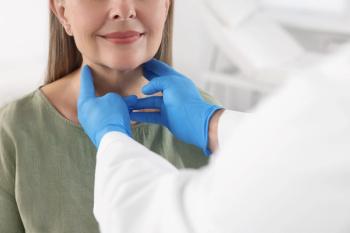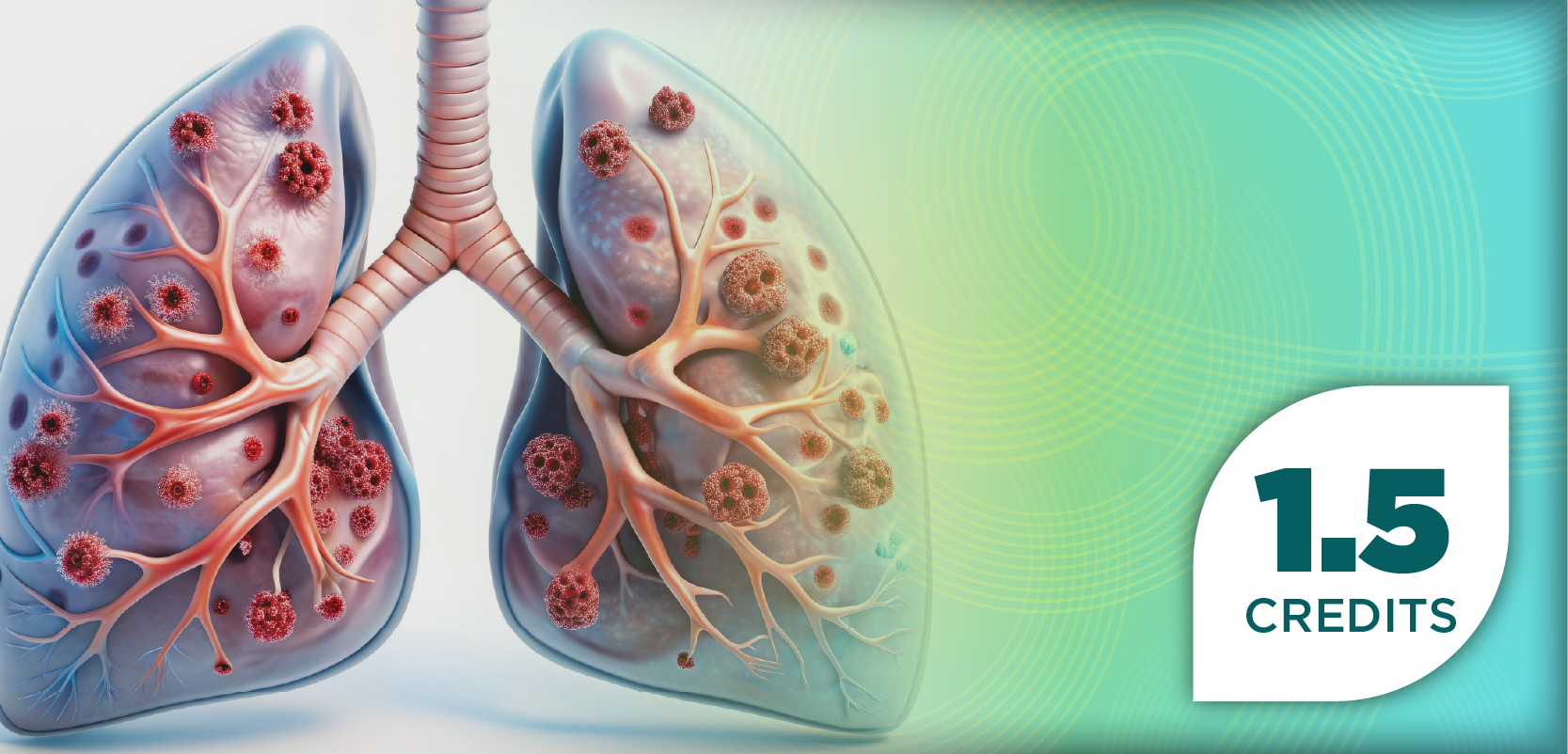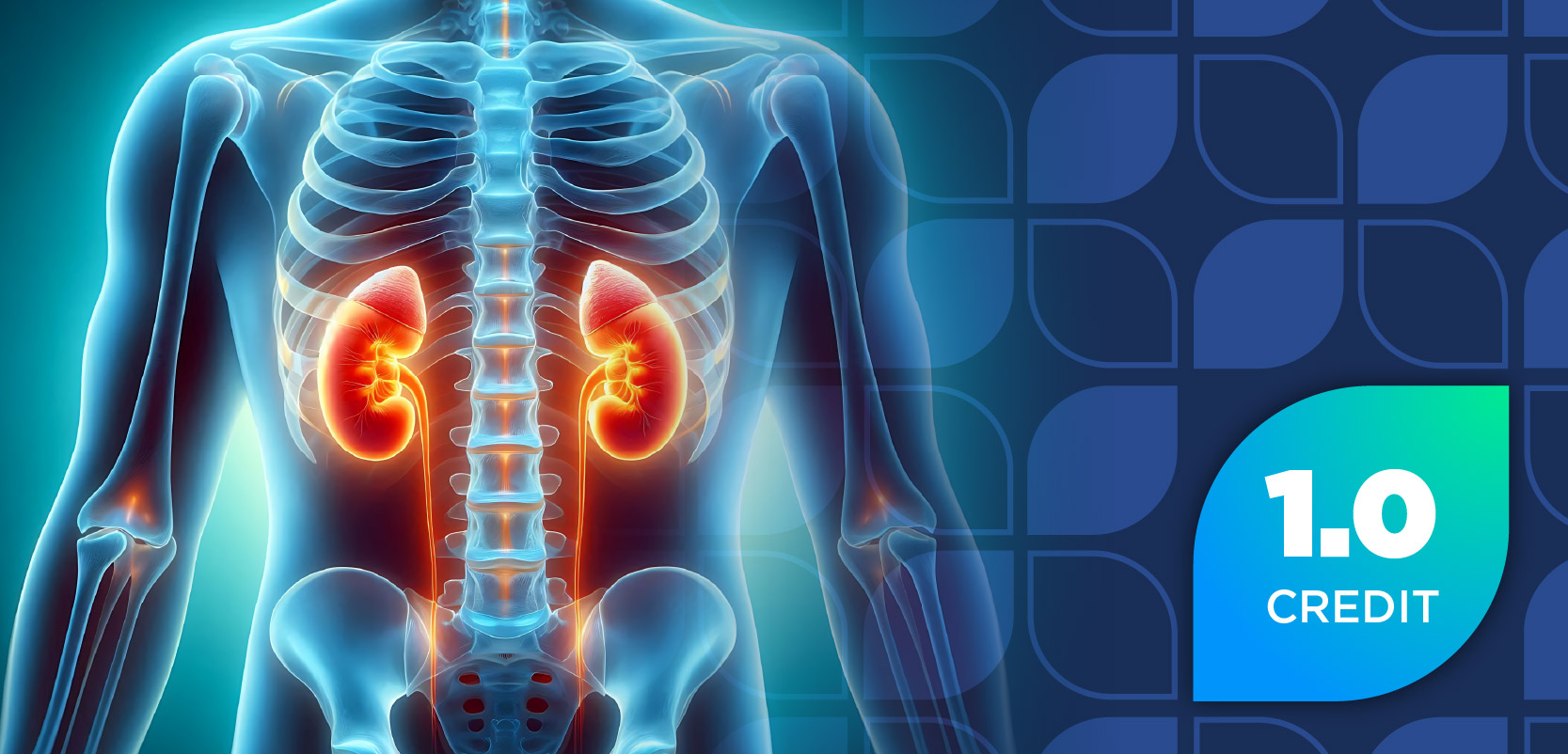In the US, cephalosporins are one of the most commonly prescribed classes of antibiotics in the outpatient setting. In 2023, 38.9 million prescriptions for cephalosporins were dispensed in US outpatient pharmacies at a rate of 117 cephalosporin prescriptions per 1000 people.1 Cephalosporins are categorized into 5 generations, mainly on the basis of varying spectrums of activity. Generally, earlier-generation cephalosporins (first and second) have narrower spectrums of activity, and later-generation cephalosporins (third and fourth) have broader gram-negative activity. Ceftaroline, a fifth-generation cephalosporin, is the exception and is used primarily for its activity against methicillin-resistant Staphylococcus aureus (S aureus).
Only first-, second-, and third-generation cephalosporins are available as oral formulations. Because of their ability to cover a wide array of bacteria, low adverse effect profile, and oral availability, cephalosporins are commonly used to treat outpatient infections. Understanding the differences among oral cephalosporins and their role in outpatient infections is essential to pharmacists (Table).
Oral first-generation cephalosporins include cephalexin and cefadroxil. Compared with cephalexin, cefadroxil requires fewer doses per day for most indications. Both agents have high bioavailability, achieve high urinary concentrations, are available as suspensions, and can be used in infants. Additionally, both agents can be administered without food and require renal dose adjustment.2,3 Unlike cefadroxil, cephalexin susceptibility results can be inferred from cefazolin.4 Cephalexin is also considered an appropriate oral β-lactam for treatment of uncomplicated gram-negative bacteremia when dose optimized.5
Second-generation oral cephalosporin agents include cefuroxime, cefaclor, and cefprozil. They generally achieve lower urinary concentrations compared with first-generation cephalosporins and have adequate to high bioavailability (37%-95%). Cefuroxime and cefprozil require renal dose adjustment, whereas cefaclor does not.6-8 Cefuroxime is the only second-generation oral agent that does not have a suspension available, and its tablets should not be split or crushed due to a strong, persistent, bitter taste. Also, cefuroxime has the lowest absorption, which is impacted by concomitant food intake and coadministration of antacids. Despite this, food intake did not impact clinical response to cefuroxime during trials; therefore, cefuroxime tablets may be taken without paying attention to meals.6 Conversely, cefaclor tablets should be taken with food to improve absorption.7 Susceptibility of second-generation cephalosporins cannot be inferred from ceftriaxone.4
Third-generation oral cephalosporins include cefixime, cefdinir, and cefpodoxime. In general, third-generation cephalosporins achieve lower urinary concentrations than first-generation cephalosporins and have lower bioavailability than other oral cephalosporins, ranging from 16% to 50%. Cefixime and cefdinir can be dosed once or twice daily, whereas cefpodoxime is dosed twice daily. All require renal dose adjustment. Both cefdinir and cefpodoxime have reduced absorption when administered with antacids; therefore, separation of administration is recommended.9-11 Susceptibility of third-generation oral cephalosporins cannot be inferred from ceftriaxone and is generally less active against Enterobacterales than intravenous (IV) third-generation cephalosporins.4
In addition to the key differences discussed above, there are also important clinical considerations in selecting the appropriate agent based on disease state. For example, cephalosporin use is common for treating mild, nonpurulent skin and soft tissue infections (SSTIs), such as cellulitis and erysipelas. They occur frequently in the community and are most often caused by S aureus and Streptococcus spp. First-generation oral cephalosporins (ie, cephalexin and cefadroxil) have excellent coverage of methicillin-susceptible S aureus and Streptococcus spp, making them ideal agents for treatment.12 Specific dosing recommendations for SSTI are shown in the Table.
Cephalosporin use is also one of the mainstays of therapy for treating urinary tract infections (UTIs). Oral cephalosporins can be used in uncomplicated cystitis, nonsevere catheter-associated UTIs, and asymptomatic bacteriuria (if treatment is indicated).13 In addition, they may be considered as oral step-down therapy after initial treatment with IV agents in more serious infections, such as urosepsis and pyelonephritis. Typically, empiric coverage for UTIs includes Escherichia coli and Klebsiella pneumoniae. This makes the oral first- (ie, cephalexin) and second-generation (ie, cefuroxime) cephalosporins appropriate treatment options, depending on local resistance.14 Additionally, oral third-generation (ie, cefpodoxime) cephalosporins are viable alternatives that cover the pathogens of concern.
Most oral cephalosporins achieve adequate penetration into the urine and maintain high concentrations of unchanged drug, hence why most are dosed twice daily against UTIs. Overall, second- and third-generation cephalosporins achieve lower urinary concentrations and should not be considered first-line therapy unless there are no alternative options. First-generation cephalosporins are the preferred cephalosporins in UTIs because of their high urinary concentrations. There is some debate on the use of cefdinir in the setting of UTIs because it achieves low concentrations in the urine of only 18% unchanged drug. However, a recent analysis demonstrated similar efficacy of cefdinir compared to other cephalosporins in cystitis.15 In uncomplicated UTIs due to E coli, K pneumoniae, and Proteus mirabilis, cefazolin susceptibilities may be used to infer susceptibilities for several of the oral cephalosporins (cephalexin, cefaclor, cefdinir, cefpodoxime, cefprozil, and cefuroxime).4
In addition to SSTI and UTI treatment, oral cephalosporins are often used to treat community-acquired pneumonia (CAP). Empiric CAP coverage should include common upper respiratory pathogens, such as Streptococcus pneumoniae (S pneumoniae), Haemophilus influenzae, Moraxella catarrhalis, and the atypical organisms (ie, Chlamydia pneumoniae, Mycoplasma pneumoniae, and Legionella spp).16 Second- or third-generation oral cephalosporins provide coverage against the common upper respiratory pathogens and can be used in combination with an agent that covers atypical organisms for CAP treatment (ie, macrolide or doxycycline). Oral options include cefuroxime, cefaclor, and cefpodoxime. Treatment with oral cephalosporins is typically not recommended as first-line therapy because of their lower activity against S pneumoniae; instead, they are used as alternative therapy when first-line agents cannot be used. Cultures are not always obtained for CAP; therefore, using oral cephalosporin may be an advantage, as these infections are treated empirically and can cover all the typical respiratory pathogens of concern. Additionally, in the event that cultures are obtained, ceftriaxone susceptibilities cannot be inferred from oral cephalosporin susceptibilities. Specific dosing recommendations for CAP are outlined in the Table.
Other important roles for oral cephalosporins include the use of cefuroxime in the treatment of Lyme disease and cefixime in the treatment of gonorrhea. Cefuroxime is considered a preferred antibiotic for erythema migrans, and it can also be used as oral treatment for other Lyme manifestations, including carditis and arthritis.17
A unique characteristic of cefixime is the ability to treat gonorrhea as an alternative to ceftriaxone therapy.18 The use of cefixime has been associated with treatment failure and increasing minimum inhibitory concentrations (MICs). The Clinical and Laboratory Standards Institute does not currently list susceptibility breakpoints against Neisseria gonorrhoeae; however, isolates with an MIC of 0.5 μg/mL or greater are considered to have decreased susceptibility. Compared with ceftriaxone, cefixime cannot maintain as high or sustained concentrations, which is why it is considered an alternative if ceftriaxone cannot be used. Continued use of cefixime raises concern for the potential emergence of ceftriaxone resistance; however, other oral cephalosporins are not recommended because of their inferior efficacy and pharmacodynamics compared with cefixime.
About the Authors
Olivia Gladys Funk, PharmD, is an infectious diseases research fellow at Long Island University in Brooklyn, New York, and practices clinical infectious diseases at the James J. Peters Department of Veterans Affairs Medical Center in the Bronx, New York.
Nicole Bradley, PharmD, BCPS, BCIDP, is an associate clinical professor at St. John’s University – College of Pharmacy and Health Sciences and practices as an infectious diseases pharmacist at NYC Health + Hospitals/Elmhurst in Elmhurst, New York.
Oral cephalosporins play important roles in treating many common outpatient infections, including SSTIs, UTIs, and CAP. Key differences in antibiotic spectrums exist between the different generations of cephalosporins, as well as differences in dosing among various types of infections. Additional considerations for selection between oral cephalosporin agents include differences in bioavailability and absorption, specific site of infection, the drug's ability to concentrate at that site, local resistance patterns, insurance coverage, available formulations, and cost to the patient. Understanding these important advantages and limitations among the oral cephalosporins and their places in therapy helps promote antimicrobial stewardship in the community.
REFERENCES
Cephalexin. Lexi-Drugs. UpToDate Lexidrug. UpToDate Inc. Accessed March 5, 2025. https://online.lexi.com
Cefadroxil. Lexi-Drugs. UpToDate Lexidrug. UpToDate Inc. Accessed March 5, 2025. https://online.lexi.com
M100 Performance Standards for Antimicrobial Susceptibility Testing. 35th edition. Clinical and Laboratory Standards Institute; 2025.
Heil E, Bork J, Abbo LM, et al. Antibiotic Stewardship Implementation Collaborative, Optimizing the Management of Uncomplicated Gram-Negative Bloodstream Infections: Consensus Guidance Using a Modified Delphi Process, Open Forum Infectious Diseases, Volume 8, Issue 10, October 2021.
Cefuroxime. Lexi-Drugs. UpToDate Lexidrug. UpToDate Inc. Accessed March 18, 2025. https://online.lexi.com
Cefaclor. Lexi-Drugs. UpToDate Lexidrug. UpToDate Inc. Accessed March 18, 2025. https://online.lexi.com
Cefprozil. Lexi-Drugs. UpToDate Lexidrug. UpToDate Inc. Accessed March 18, 2025. https://online.lexi.com
Cepodoxime. Lexi-Drugs. UpToDate Lexidrug. UpToDate Inc. Accessed March 18, 2025. https://online.lexi.com
Cefixime. Lexi-Drugs. UpToDate Lexidrug. UpToDate Inc. Accessed March 18, 2025.
Cefdinir. Lexi-Drugs. UpToDate Lexidrug. UpToDate Inc. Accessed March 18, 2025. https://online.lexi.com
Stevens DL, Bisno AL, Chambers HF, et al; Infectious Diseases Society of America. Practice guidelines for the diagnosis and management of skin and soft tissue infections: 2014 update by the Infectious Diseases Society of America. Clin Infect Dis. 2014 Jul 15;59(2):e10-52. doi:10.1093/cid/ciu444.
Gupta K, Hooton TM, Naber KG, et al. International clinical practice guidelines for the treatment of acute uncomplicated cystitis and pyelonephritis in women: A 2010 update by the Infectious Diseases Society of America and the European Society for Microbiology and Infectious Diseases. Clin Infect Dis. 2011;52(5):e103-e120. doi:10.1093/cid/ciq257.
Nelson Z, Aslan AT, Beahm NP, et al. Guidelines for the Prevention, Diagnosis, and Management of Urinary Tract Infections in Pediatrics and Adults: A WikiGuidelines Group Consensus Statement. JAMA Netw Open. 2024;7(11):e2444495. doi:10.1001/jamanetworkopen.2024.44495.
Lloyd A, Grey J, Fronczek C, Durkin H, Marr K. Cefdinir vs cephalexin for the treatment of urinary tract infections: A retrospective evaluation. Am J Health Syst Pharm. 2024;81(Supplement_2):S55-S60. doi:10.1093/ajhp/zxae026.
Metlay JP, Waterer GW, Long AC, et al. Diagnosis and Treatment of Adults with Community-acquired Pneumonia. An Official Clinical Practice Guideline of the American Thoracic Society and Infectious Diseases Society of America. Am J Respir Crit Care Med. 2019;200(7):e45-e67. doi:10.1164/rccm.201908-1581ST.
Lantos PM, Rumbaugh J, Bockenstedt LK, et al. Clinical Practice Guidelines by the Infectious Diseases Society of America (IDSA), American Academy of Neurology (AAN), and American College of Rheumatology (ACR): 2020 Guidelines for the Prevention, Diagnosis, and Treatment of Lyme Disease. Arthritis Care Res (Hoboken). 2021;73(1):1-9. doi:10.1002/acr.24495.
Gonococcal Infections Among Adolescents and Adults. Centers for Disease Control and Prevention. Updated September 21, 2022. Accessed March 5, 2025. https://www.cdc.gov/std/treatment-guidelines/gonorrhea-adults.htm.




















































































































































































































